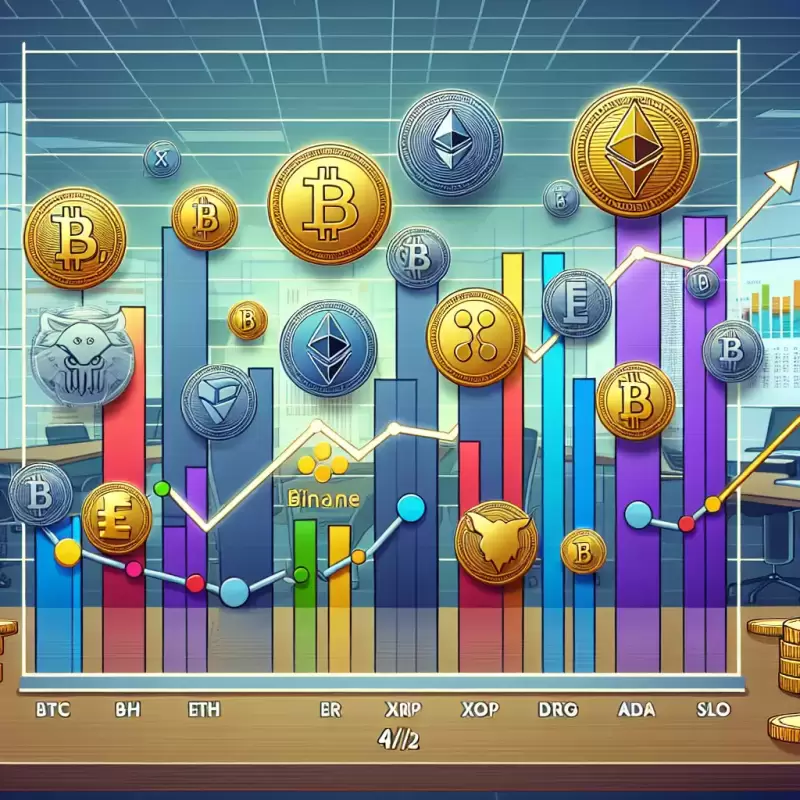 |
|
 |
|
 |
|
 |
|
 |
|
 |
|
 |
|
 |
|
 |
|
 |
|
 |
|
 |
|
 |
|
 |
|
 |
|
Cryptocurrency News Articles
ISRO Launches Earth Observation Satellite-8 (EOS-8) from Satish Dhawan Space Centre in Sriharikota
Aug 16, 2024 at 04:00 pm

Union Home Minister Amit Shah congratulated the Indian Space Research Organisation (ISRO) on Friday following the successful launch of the Earth Observation Satellite-8 (EOS-8) from the Satish Dhawan Space Centre in Sriharikota, Andhra Pradesh.
Taking to the social media platform Twitter, he wrote, “Congratulations to ISRO on the launch of SSLV-D3. This will enhance the sustainability of the Earth by facilitating environmental monitoring and disaster management.” He also highlighted the leadership of Prime Minister Narendra Modi, stating, “It is a testament to Bharat’s commitment to humanity under the leadership of PM Shri Narendra Modi Ji.”
Earlier that day, ISRO launched Earth Observation Satellite-8 (EOS-8) from the Satish Dhawan Space Centre in Sriharikota, Andhra Pradesh. In its message on Twitter, ISRO stated, “The third developmental flight of SSLV was successful. The SSLV-D3 placed EOS-08 precisely into orbit. This marks the successful completion of ISRO/DOS’s SSLV Development Project. With technology transfer, the Indian industry and NSIL India will now produce SSLV for commercial missions.”
As per ISRO, the six-and-a-half-hour countdown leading to the launch commenced at 2:47 AM. This was the third and final developmental flight of the SSLV-D3/EOS-08 mission. The spacecraft is designed for a mission duration of one year.
The primary objectives of the EOS-08 mission include designing and developing a microsatellite, creating payload instruments compatible with the microsatellite bus, and incorporating new technologies required for future operational satellites, according to an ISRO release.
Built on the Microsat/IMS-1 bus, the EOS-08 carries three payloads: the Electro-Optical Infrared Payload (EOIR), the Global Navigation Satellite System-Reflectometry Payload (GNSS-R), and the SiC UV Dosimeter.
The EOIR payload is designed to capture images in the Mid-Wave Infrared (MIR) and Long-Wave Infrared (LWIR) bands, both during the day and night, for applications such as satellite-based surveillance, disaster monitoring, environmental monitoring, fire detection, volcanic activity observation, and industrial and power plant disaster monitoring.
The GNSS-R payload demonstrates the capability of using GNSS-R-based remote sensing for applications such as ocean surface wind analysis, soil moisture assessment, cryosphere studies over the Himalayan region, flood detection, and inland waterbody detection.
The spacecraft mission configuration is set to operate in a circular low Earth orbit (LEO) at an altitude of 475 km with an inclination of 37.4° and a mission life of one year. The satellite has a mass of approximately 175.5 kg and generates power of around 420 W. It interfaces with the SSLV-D3/IBL-358 launch vehicle.
EOS-08 marks a significant advancement in satellite mainframe systems, such as an integrated avionics system known as the Communication, Baseband, Storage, and Positioning (CBSP) Package, which combines multiple functions into a single, efficient unit. This system is designed with cold redundant systems using commercial off-the-shelf (COTS) components and evaluation boards, supporting up to 400 GB of data storage.
Additionally, the satellite includes a structural panel embedded with a PCB, an embedded battery, a Micro-DGA (Dual Gimbal Antenna), an M-PAA (Phased Array Antenna), and a flexible solar panel, each serving as key components for on-board technology demonstration.
(WITH INPUTS FROM ANI)
Disclaimer:info@kdj.com
The information provided is not trading advice. kdj.com does not assume any responsibility for any investments made based on the information provided in this article. Cryptocurrencies are highly volatile and it is highly recommended that you invest with caution after thorough research!
If you believe that the content used on this website infringes your copyright, please contact us immediately (info@kdj.com) and we will delete it promptly.
-

-

- “Silver will slingshot to all-time new highs”—Rich Dad Poor Dad author Robert Kiyosaki says silver is currently more valuable than gold or bitcoin.
- Apr 03, 2025 at 11:45 am
- Robert Kiyosaki, author of the best-selling book Rich Dad Poor Dad, has weighed in with a strong endorsement for silver, calling it the hottest investment of today.
-

-

- XRP Price Prediction: Will the Current Trading Environment for XRP Reflect Consolidation Within a Cautious Downtrend?
- Apr 03, 2025 at 11:40 am
- The current trading environment for XRP reflects consolidation within a cautious downtrend, with prices anchored at $2.12 to $2.135 amid a 24-hour trading range of $2.07 to $2.19
-

-

-

-

-






























































